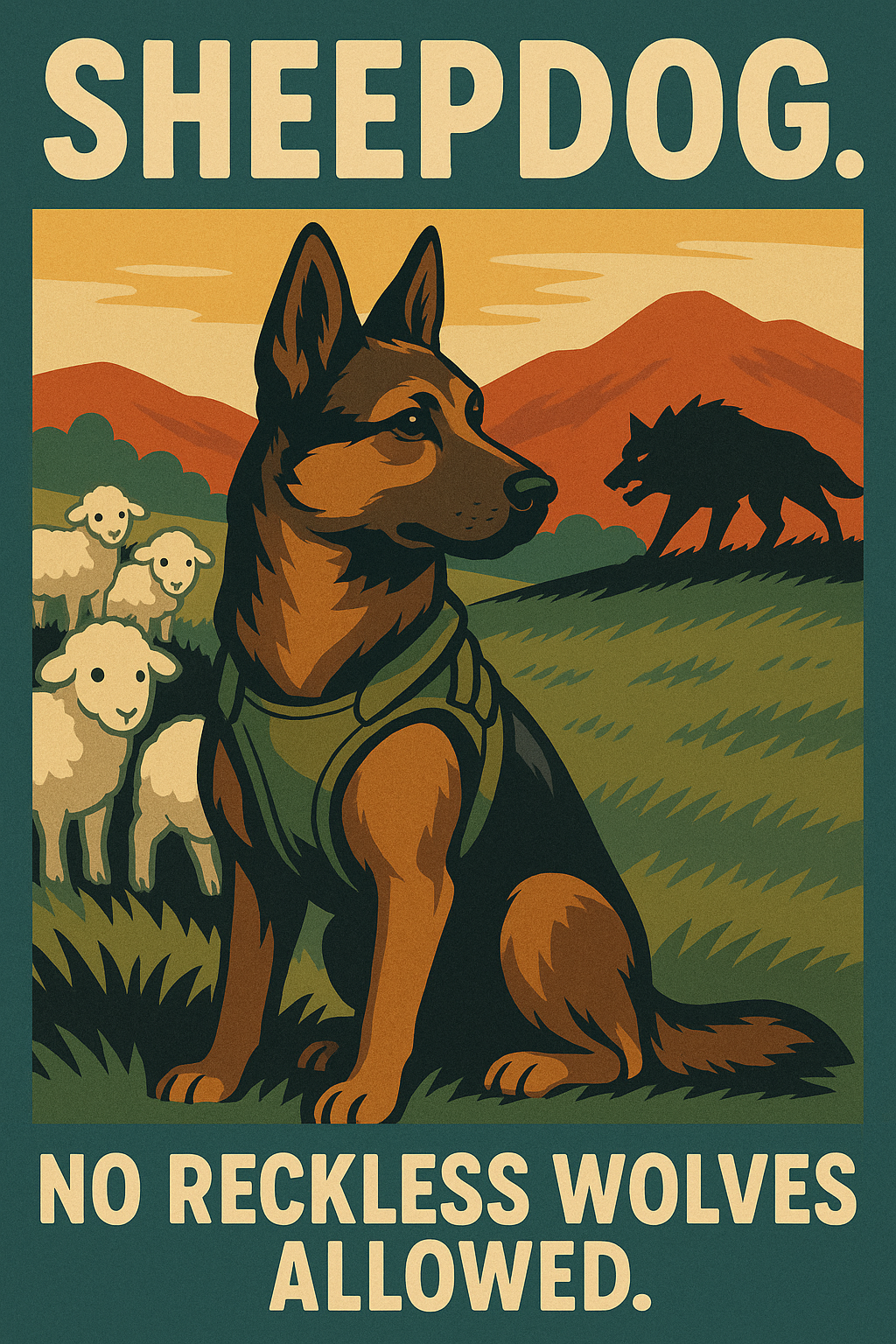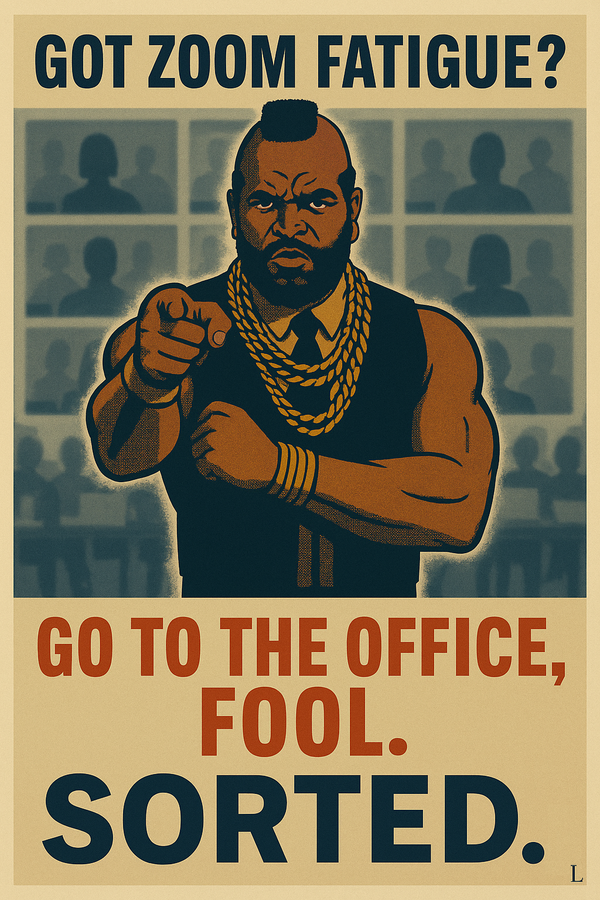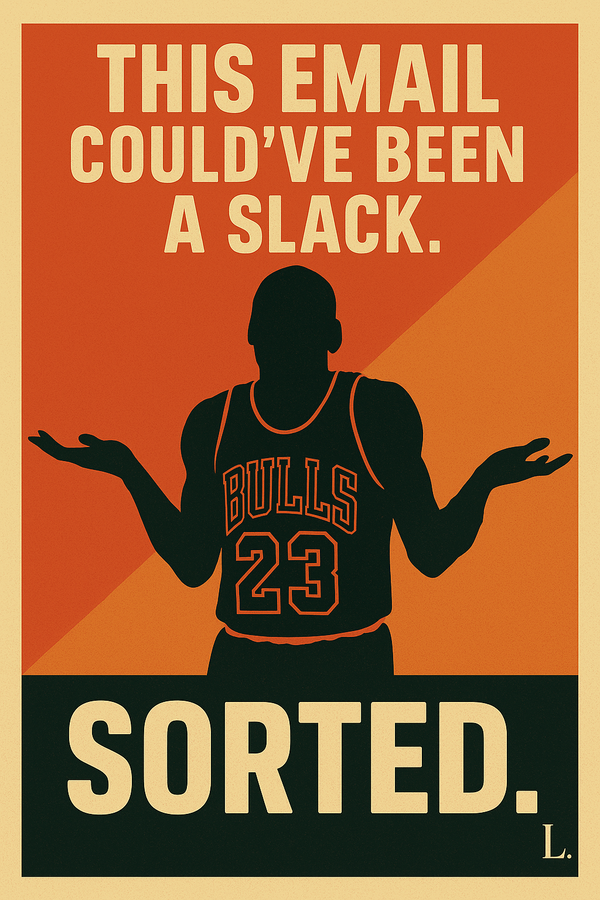PSA 003: The Sheepdog
What follows below is an excerpt from my book- RAW: Accepting Being a One of One (stay tuned)

The Sheepdog
In a small restaurant filled with the chatter of twenty adults, my seven-year-old son was in the most prominent seat, commanding the room with the poise of a seasoned leader. I had just parked the car after indoor skydiving. You can imagine my surprise when I walked in to see him holding court, captivating everyone with his presence — talking to twenty adults, lecturing them on his viewpoints.
Amazed is better — but this was not accidental.
As I walked in, seeing him, I was filled with pride. He spoke with the poise and confidence of someone far beyond his years. As he began:
“Look! You don’t get it. Let me explain it. Do you — no, do you know why I’m a sheepdog? There are people who are weak or think there’s no evil in the world. They are sheep. Then there are the strong bullies who beat up all the sheep. They are the wolves.
Then, there are people who have the strength of the wolf, but use it only when they need to... I’m a sheepdog because I can guard and protect anyone. I am strong. I can beat up the wolf. But I only use my strength when I need to.”
“He’s a sheepdog,” a colleague said as I sat down. “I thought you were lying when you told me he knew that story.”
I nodded, proudly, and said, “It is not by accident.”
My son’s ability to command a room at such a young age wasn’t a fluke. It was the result of nurturing his confidence and encouraging him to express himself — to go talk to adults as equals, to trust himself. This is key.
The Sheepdog Principle
The sheepdog is a powerful metaphor for leadership and empowerment. Sheepdogs possess the strength of a wolf but use their power responsibly — only when necessary — to protect and guide. This principle is at the core of effective people-led product management. It’s about fostering confidence and empowerment within your team so they can lead and excel in their own right.
As leaders, our role is to create an environment where every team member feels empowered to take the lead, share their ideas, and step into their own strengths.
Building Confidence
Confidence doesn’t come from micromanaging or imposing rigid structures. It comes from trust, support, and the freedom to explore and make mistakes. Just like I encouraged my son to be a “confident son of a gun,” we must encourage our team members to take risks, learn, and grow.
This approach builds not only individual confidence but also a more resilient and innovative team.
When your team feels empowered, they take ownership of their work, collaborate more effectively, and drive the product forward with greater passion and creativity. They become like sheepdogs — using their strengths wisely and stepping up when needed to protect the interests of the team and the product.





